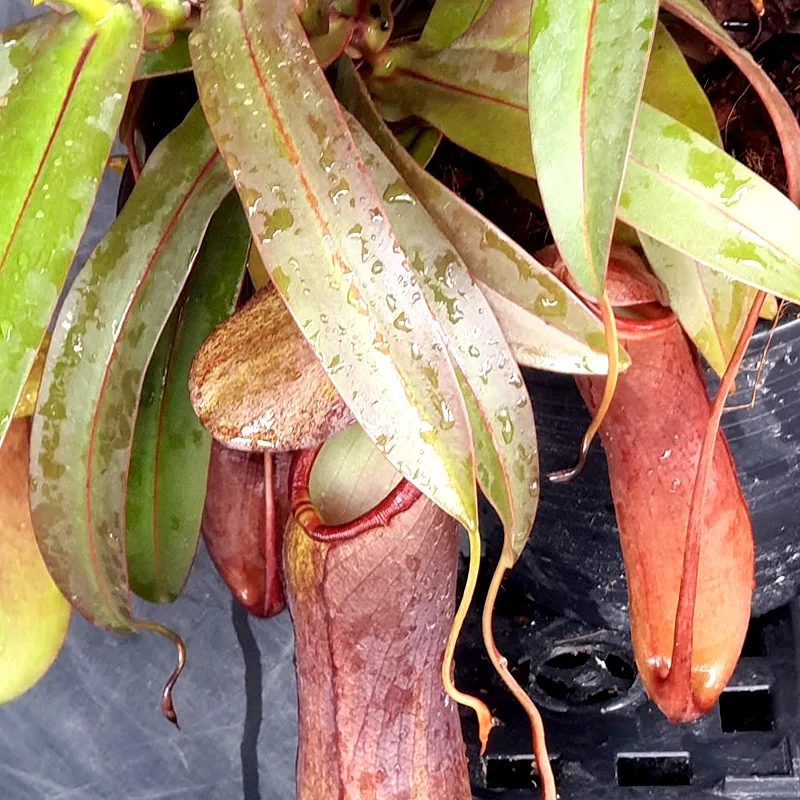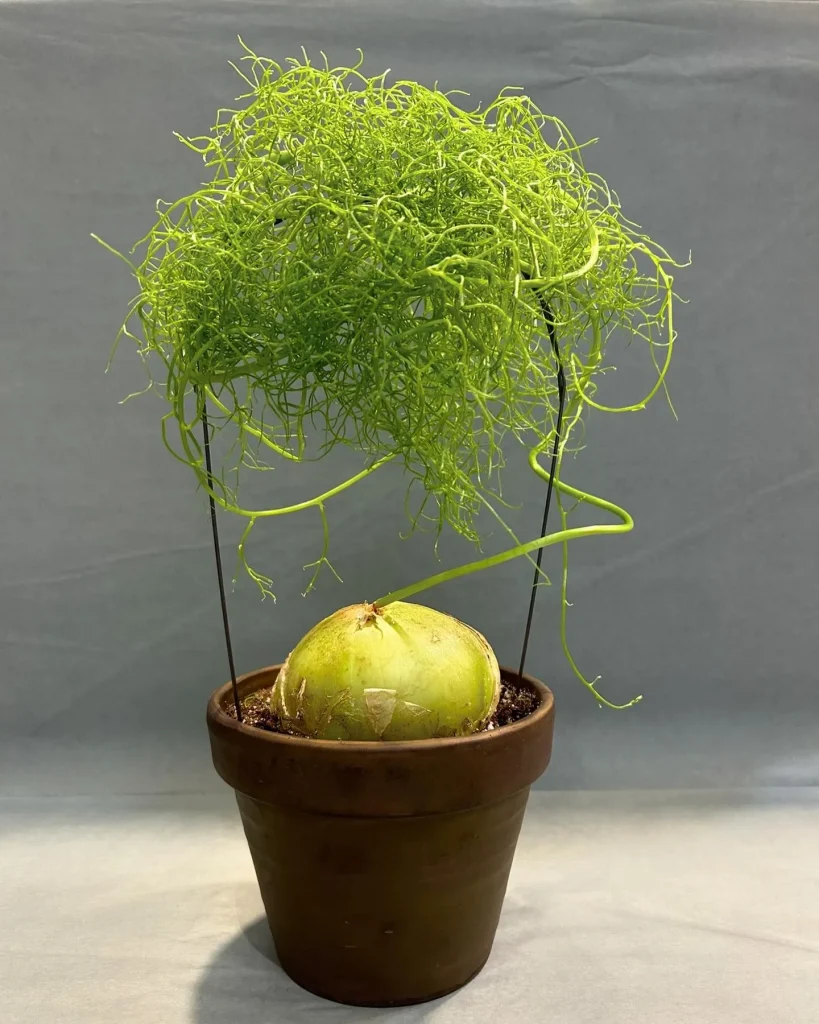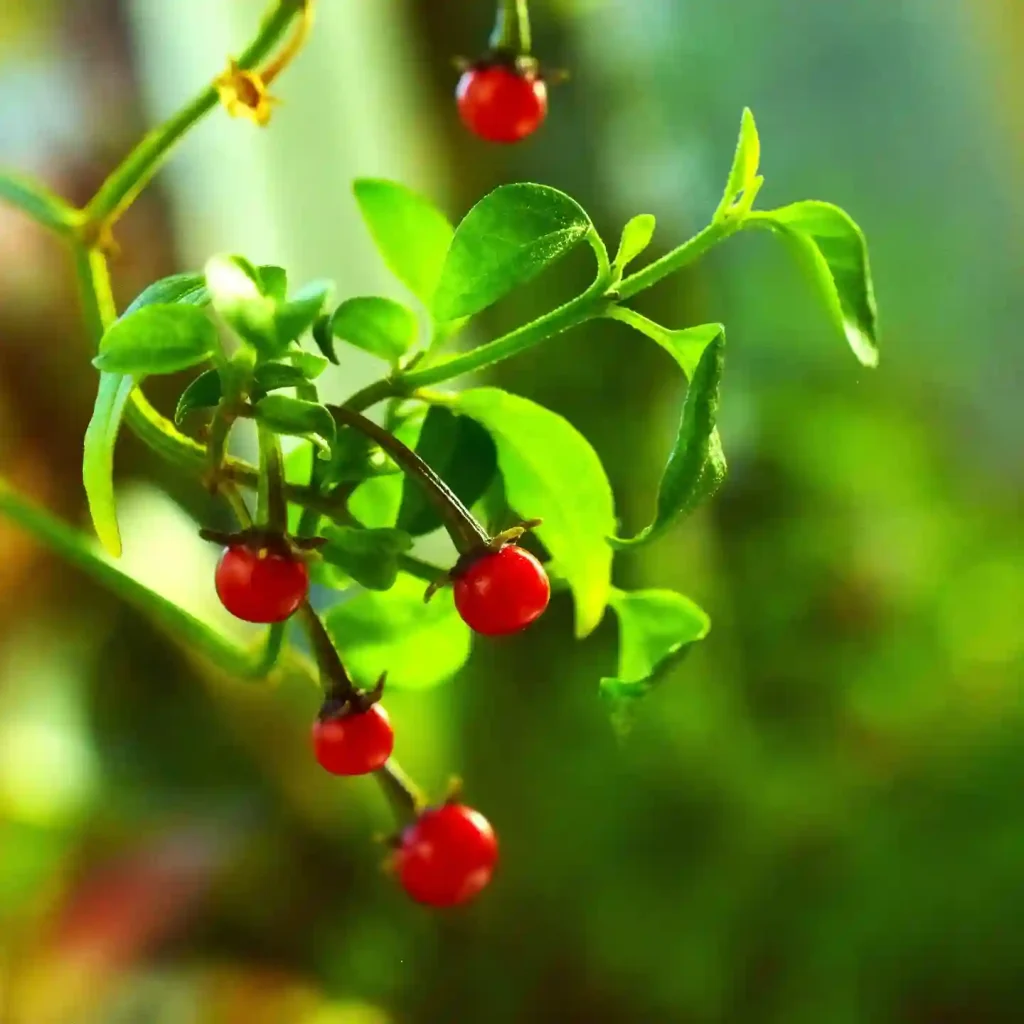Tradescantia Chrysophylla: My Experience with the Easygoing Spiderwort
Hey there, plant enthusiasts! Ferb Vu here, and today I want to chat about a personal favorite: the Tradescantia chrysophylla, also known as the Spiderwort. This little gem has stolen a place in my heart (and on many shelves) with its easygoing nature and stunning foliage.
Now, I know what you might be thinking: “Ferb, aren’t there, like, a million Tradescantia varieties?” You’re right! But the Chrysophylla stands out for its unique charm. Let’s dive into some of the most common questions I get about this beauty.
86 Species in Genus Tradescantia
Light It Up (But Not Too Much)
Spiderworts are known for their adaptability, and light is no exception. They thrive in indirect sunlight, making them perfect for brightening up those north-facing windows or adding a pop of color to a dimly lit corner. Direct sun exposure can scorch the leaves, so keep an eye on those midday rays.
Water Wisely
These plants are champions at handling drought conditions. Overwatering is their biggest enemy, so let the soil dry out completely between waterings. A good rule of thumb is to stick your finger in the pot – if the top inch feels dry, it’s watering time.
Feeding Frenzy (Not Really)
Unlike some high-maintenance houseplants, the Tradescantia chrysophylla isn’t a fertilizer fiend. A light feeding once a month during the growing season (spring and summer) is plenty. Opt for a balanced, diluted liquid fertilizer to keep your plant happy and healthy.
Potting Up for Success
When it comes to choosing a pot, drainage is key. A pot with drainage holes prevents water from pooling around the roots, which can lead to rot. Opt for a pot that’s just slightly larger than the root ball for optimal growth.
Soil Story
A well-draining potting mix is essential for your Spiderwort. Opt for a light and airy mix, like a standard potting mix with added perlite or orchid bark. This ensures proper drainage and aeration, preventing root rot.
Temperature Talk
Good news – the Tradescantia chrysophylla is pretty chill when it comes to temperature. They’ll do just fine in average household temperatures, ranging from 65°F to 80°F (18°C to 27°C). Avoid placing them near drafts or sudden temperature fluctuations.
Humidity Hacks (Not Necessary, But Appreciated)
While these plants aren’t humidity divas, they do appreciate a little extra moisture in the air, especially during dry winter months. Grouping your Spiderwort with other humidity-loving plants or using a pebble tray filled with water can help create a more humid microclimate.
Size Matters (Kind Of)
The Tradescantia chrysophylla is a naturally vining plant, known for its cascading stems. In ideal conditions, it can reach lengths of 2-3 feet (0.6-0.9 meters). Regular pruning can encourage bushier growth and keep the plant compact if space is a concern.
Pinching for Perfection
Speaking of pruning, don’t be afraid to give your Spiderwort a trim! Regular pinching encourages bushier growth and helps maintain a fuller appearance. Simply use sharp, sterilized pruning shears to remove leggy stems or unwanted growth. The snippings can even be propagated to create new plants!
Propagation Power
One of the best things about the Tradescantia chrysophylla is its ease of propagation. You can create new plants from stem cuttings in water or soil. Simply snip off a healthy stem with a few nodes, remove the lower leaves, and place it in a jar of water or pot it up in a well-draining mix. With a little TLC, you’ll have a brand new Spiderwort in no time!
Common Tradescantia Compares
While the Tradescantia chrysophylla is a superstar in its own right, there are other popular varieties in the Tradescantia family. Here’s a quick comparison to help you decide which one might be right for you:
- Tradescantia zebrina (Zebra Plant): Showcases stunning striped foliage in shades of green and purple. Similar care requirements to the Chrysophylla.
- Tradescantia pallida (Purple Heart): Features vibrant purple leaves with a silvery sheen. Slightly more sensitive to light than the Chrysophylla, preferring lower light conditions.
The Final Leaf
The Tradescantia chrysophylla is a fantastic choice for plant newbies and seasoned enthusiasts alike. Its easygoing nature, stunning foliage, and simple propagation methods make it a true winner. So, if you’re looking for a low-maintenance plant that adds a touch of elegance to your home, give the Spiderwort a try. You won’t regret it!
If i die, water my plants!



